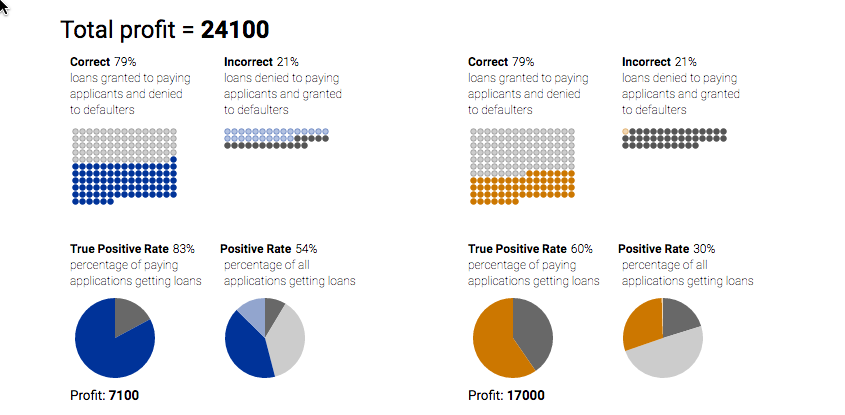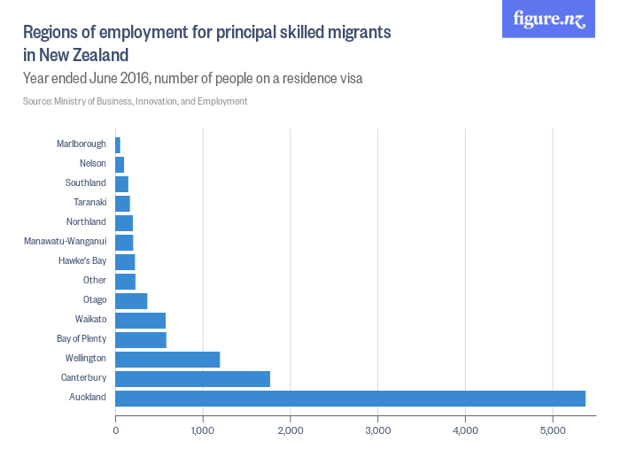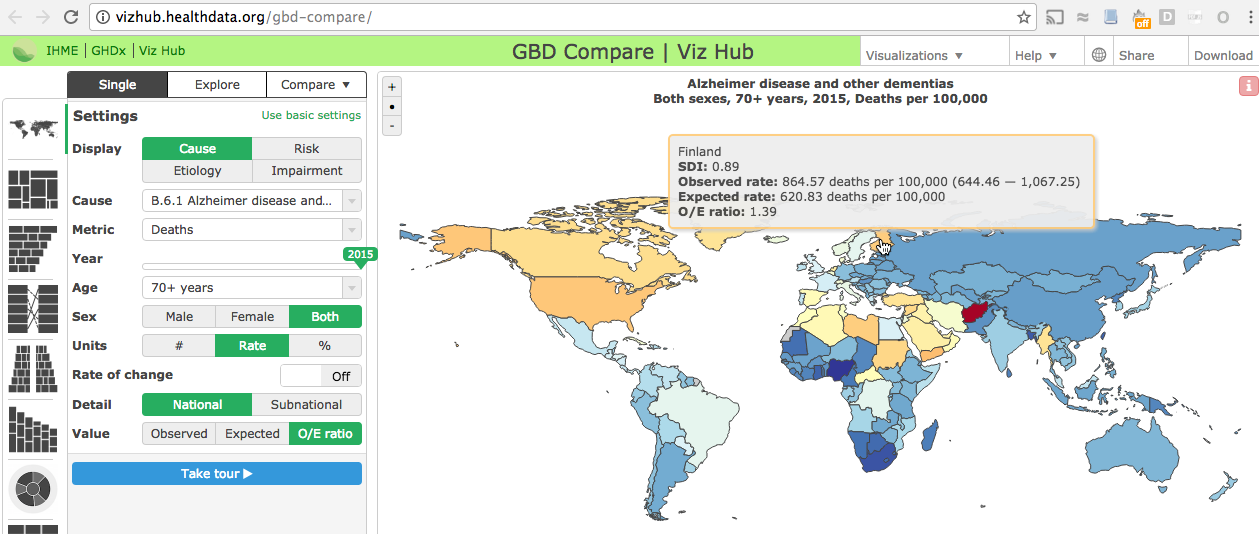Traffic and the brain
Q: Do we need to move?
A: Um. No?
Q: “Living near a busy road could cause dementia”, it says.
A: No, that’s ok. We don’t live near a busy road, even to the extent that rhetorical constructs live anywhere.
Q: So what’s a ‘busy’ road, then?
A: An arterial or highway. We’re more than 100m from the nearest one.
Q: That doesn’t sound very far.
A: The 1.07 times higher risk estimated in the research paper is for people within 50m of a major road.
Q: How many people is that?
A: In Ontario (mostly Toronto), 20%. In Auckland, not so many.
Q: But we’re supposed to be in favour of population density and cities, aren’t we?
A: Yes. But even if the effect is real, it’s pretty small.
Q: The story says roads are responsible for 1 in 9 cases. That’s not so small.
A: One in 9 cases among people who live within 50m of a major road. Or, using one of the other estimates from the research, one in 14 cases among people who live within 50m of a major road.
Q: And 150m from a major road?
A: About one in 50 cases.
Q: Ok, that’s pretty small. Can they really detect it?
A: They’ve got data on a quarter of a million cases of dementia, so it’s borderline.
Q: But still?
A: Well, the the statistical evidence isn’t all that strong. A p-value of 0.035 from one of the three neurological diseases they looked at, isn’t much in a data set that large.
Q: And it’s just a correlation, right?
A: They’ve been able to do a reasonable job of removing other factors, and the road proximity was measured a long time before the dementia, so at least they don’t have cause and effect backwards. But, yes, it could be something they didn’t have good enough data or modelling for.
Q: How about age? That’s a big issue with modelling dementia, isn’t it?
A: These are epidemiologists — “physicians broken down by age and sex”, as the old joke says — they know about age. They only compared groups of people of exactly the same age.
Q: But what does ‘exactly the same age’ even mean for something that doesn’t have a precise starting time?
A: That’s more of a problem. If people living near major roads got dementia at the same rate, but had it diagnosed six months earlier on average, that would be enough to explain the difference. There’s no particular reason that should happen, but it’s not impossible.
Q: So is the research worth looking at?
A: Worth looking at for consenting scientists in private, but not really worth international publicity.



Recent comments